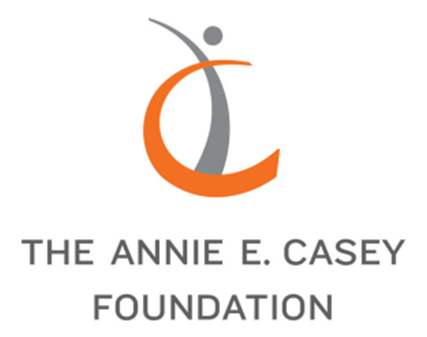The U.S. child welfare system has historically performed poorly when it comes to supporting children and youth of color. In 2014, the Annie E. Casey Foundation released a report, Race for Results, detailing racial disparities and disproportionality using 12 well-being indicators. Ten years later, the foundation released a new edition of Race for Results with updated data. The new data show that while there have been improvements across racial and ethnic groups in at least six indicators, wide disparities remain for children of color.
The report provides scores (in percentages) for the following well-being indicators:
- Babies born at a normal birth weight
- Children ages 3 to 5 enrolled in nursery school, preschool, or kindergarten
- Fourth graders who scored at or above proficient in reading
- Eighth graders who scored at or above proficient in math
- High school students graduating on time
- Young adults ages 19 to 26 who are in school or working
- Young adults ages 25 to 29 who have completed an associate degree or higher
- Females ages 15 to 19 who delay childbearing until adulthood
- Children who live with a householder who has at least a high school diploma
- Children who live in two-parent families
- Children living at or above 200 percent of poverty
- Children who live in low-poverty areas (poverty less than 20 percent)
The report authors analyze trends by indicator and racial and ethnic group. For example, they identify that American Indian and Alaska Native child well-being improved in six categories but worsened in five, Asian and Pacific Islander children exceeded the national average in all but one category, White children exceeded the national average in all categories, and, despite improving in seven indicators, Black children continue to face the steepest obstacles to opportunity. Percentages by race indicate that race continues to be a factor in well-being and non-White groups often face barriers to opportunities and success.

